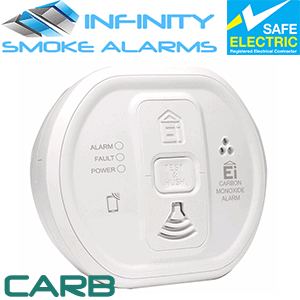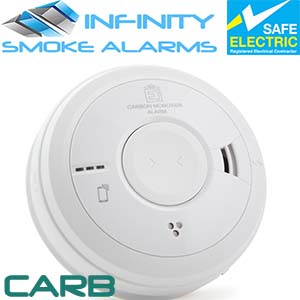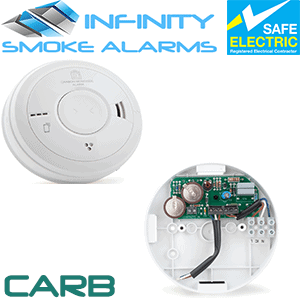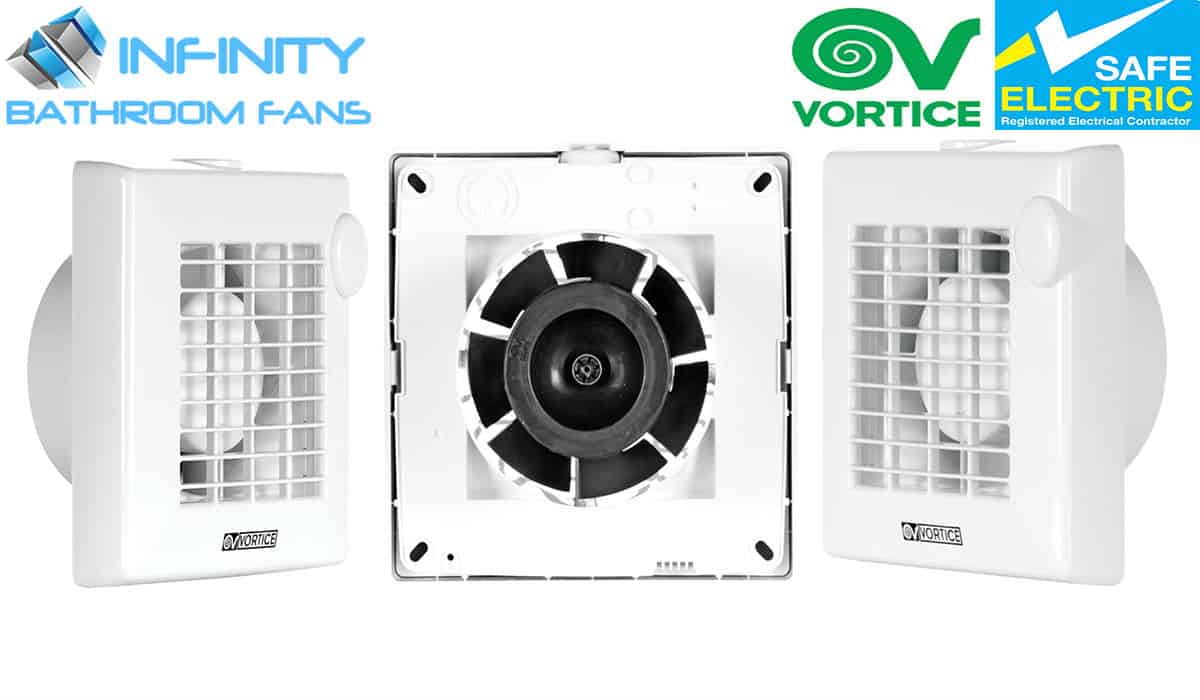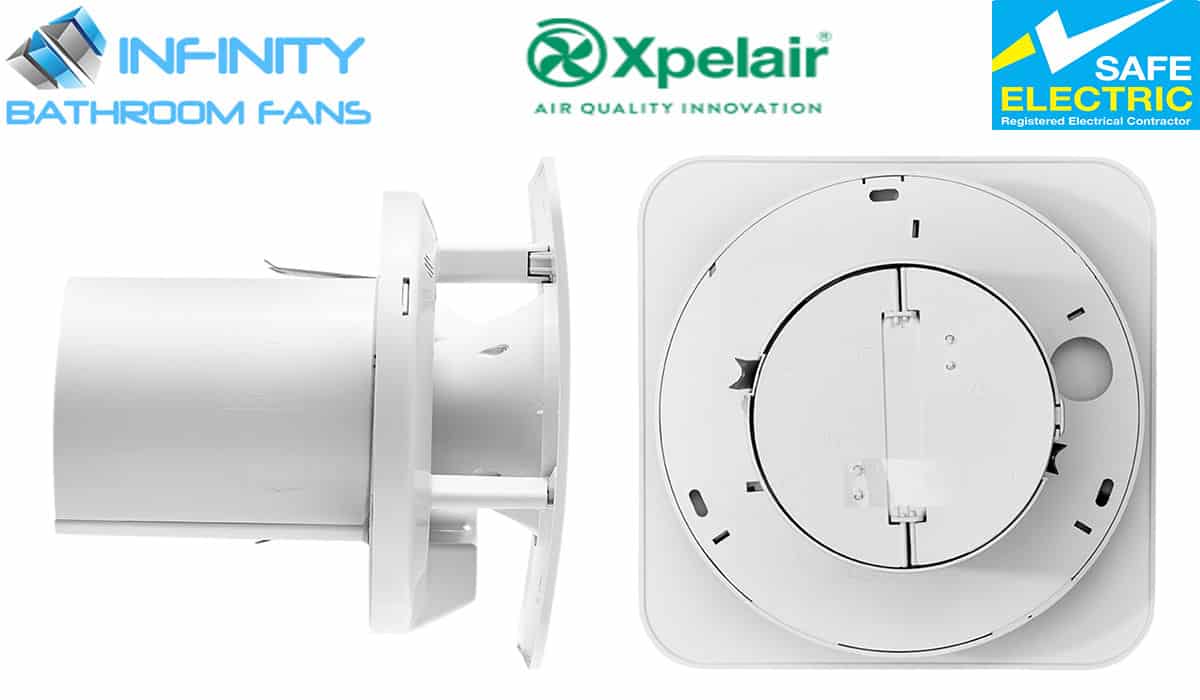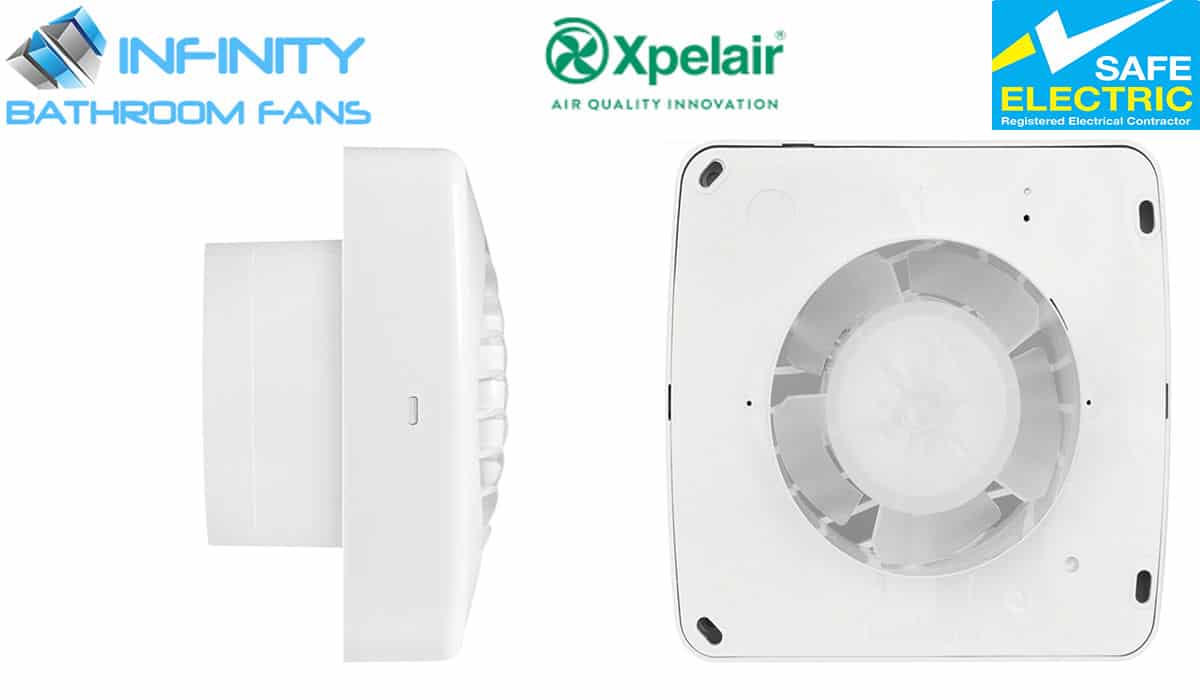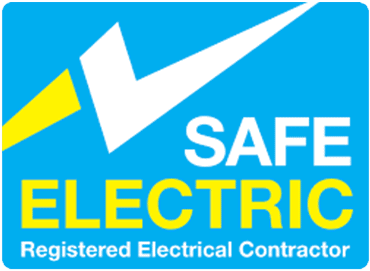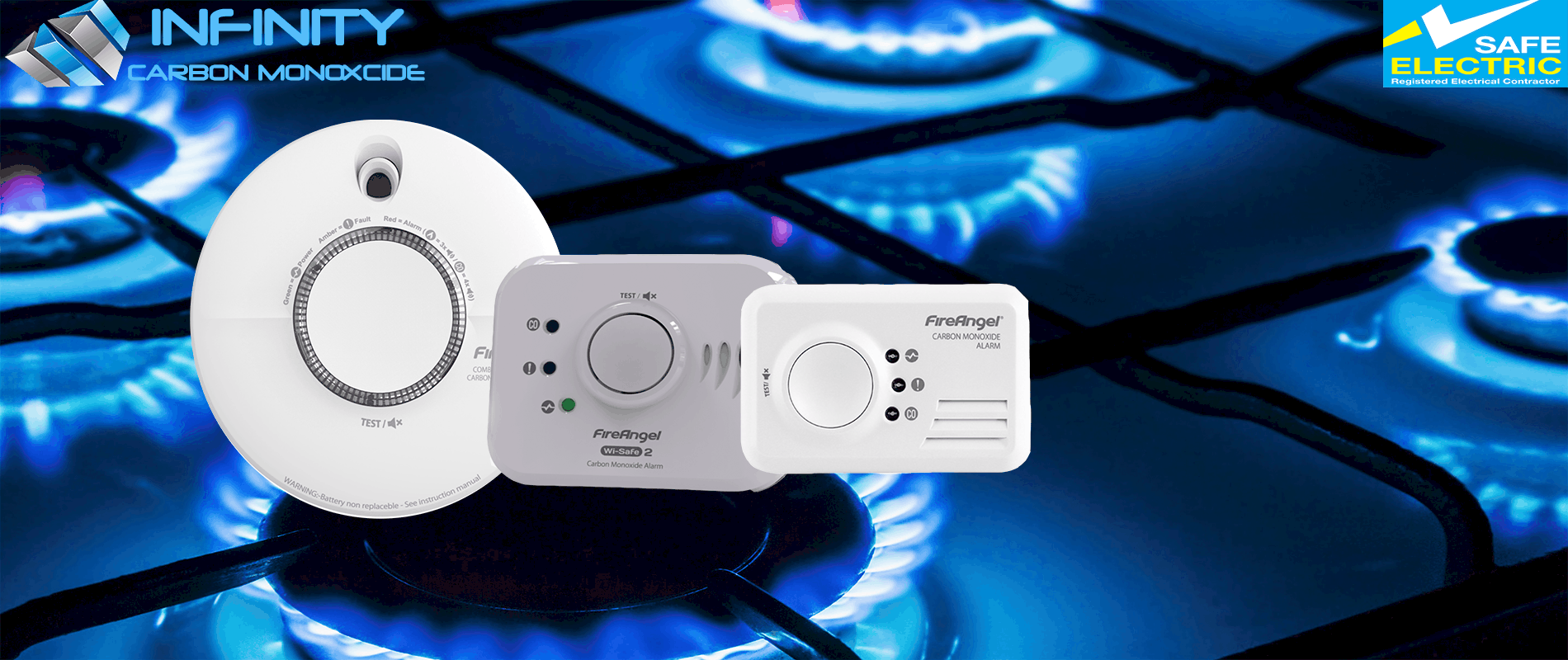
Dublin’s number one
smoke alarm
installer
We Are Part Of The Infinity Electrical Group, We Install All Type Of Hand Dryers And Outdoor Heaters We Also Do www.pumpsdublin.ie Or www.electrician-dublin.ie If You Need Any Electrical Or Plumbing Work Please Call Our Office On 01-4458543 Or Mobile On 0831625009. We Are Based In Ireland And Irish Owned
when you have a carbon monoxide alarm in the flue and they detect CO this triggers the external relay and activates when it receives an alarm signal from a compatible EI Electronics devices.
Gas Boilers Shut Off Systems
A smoke alarm is essential if a home has gas boilers. A carbon monoxide detector is also essential in such homes for the safety of the residents. A boiler, as long it is switched off it will not produce CO. A carbon monoxide detector should be set horizontally from the source at around 1m and 3m. Some of the characteristics to tell the carbon monoxide is leaking include identifying sooty marks on gas fire covers, lights inform of pilots blowing frequently, and smoke building up in rooms. If the gas leaks, the gas boiler automatically shuts down. The control system unit switches off the boiler despite being not the one that is leaking when it detects CO leak; therefore, before being switched on, the boiler is first checked to ensure safety. A noCo system boiler shut off system is improved and offers protection from CO. With correct installation, there is a regulation of deaths from the lethal CO. When detected soon people could be warned and protected from its harm.
Brands of mains smoke alarms
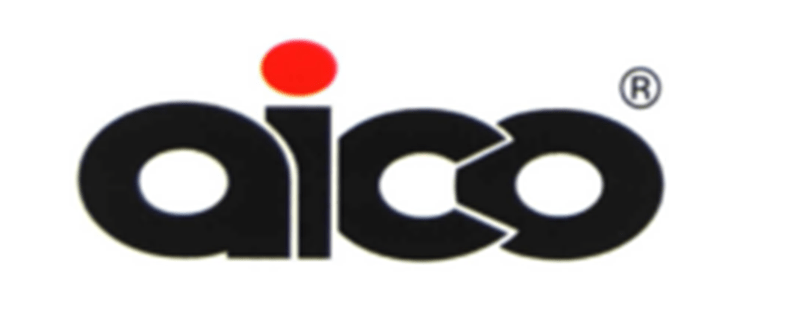
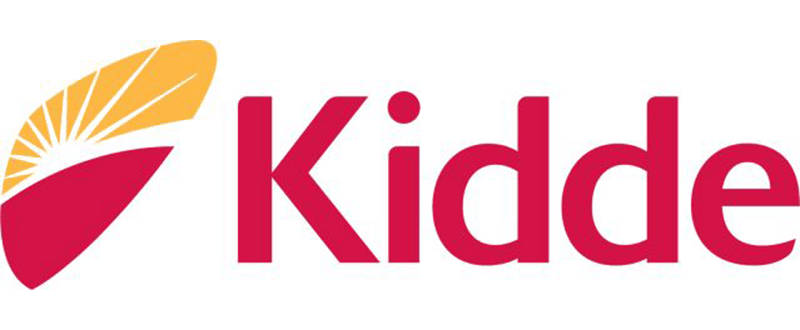
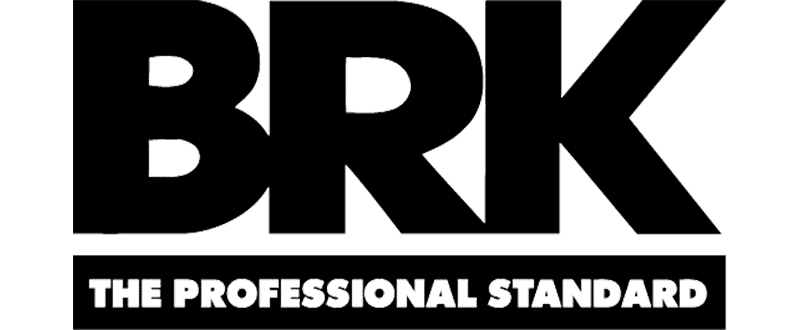
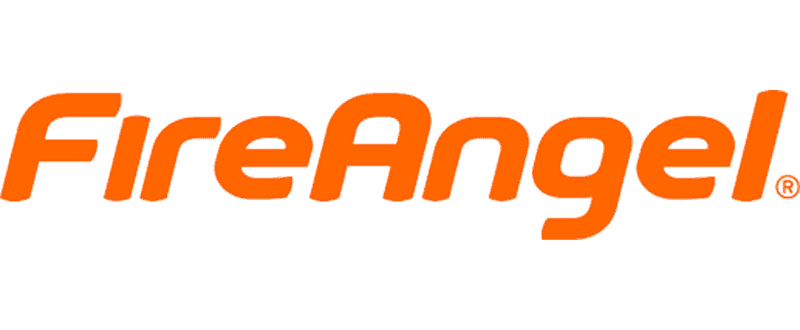
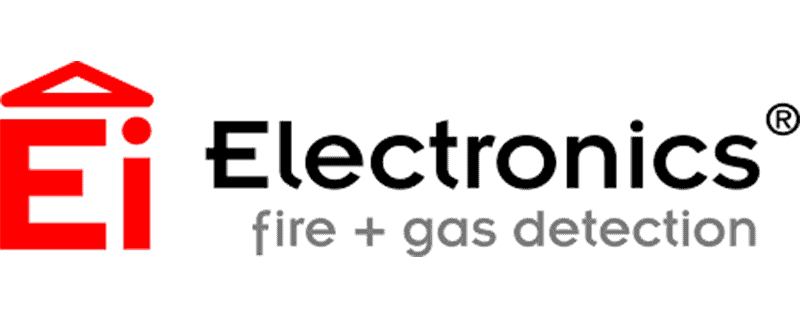
TYPES OF ALARMS
There are mainly four types of smoke alarm currently on the market – ionisation, optical (also described as photo electronic), heat and combined.
IONIZATION
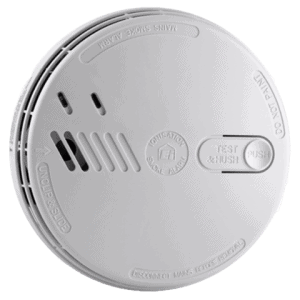
These are the cheapest and cost very little to purchase. They are very sensitive to small particles of smoke produced by fast flaming fires, such as paper and wood, and will detect this type of fire before the smoke gets too thick. They are marginally less sensitive to slow burning and smouldering fires which give off larger quantities of smoke before flaming occurs. They can also be too over-sensitive near kitchens.
OPTICAL
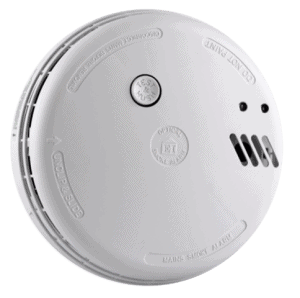
These are more expensive but more effective at detecting larger particles of smoke produced by slow-burning fires, such as smouldering foam-filled upholstery and overheated PVC wiring. They are marginally less sensitive to fast flaming fires. Optical alarms can be installed near (not in) kitchens, as they are less likely than ionisation alarms to go off when toast is burned.
COMBINED SMOKE & CARBON MONOXIDE ALARM
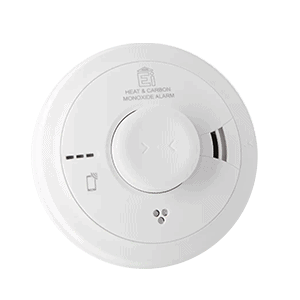
Alarms that combine both smoke detection and CO alarm protection in one ceiling-mounted unit. This reduces costs and takes up less of your living space.
COMBINED OPTICAL SMOKE & HEAT ALARMS
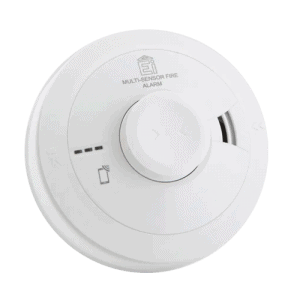
These are more expensive but more effective at detecting larger particles of smoke produced by slow-burning fires, such as smouldering foam-filled upholstery and overheated PVC wiring. They are marginally less sensitive to fast flaming fires. Optical alarms can be installed near (not in) kitchens, as they are less likely than ionisation alarms to go off when toast is burned.
HEAT ALARMS
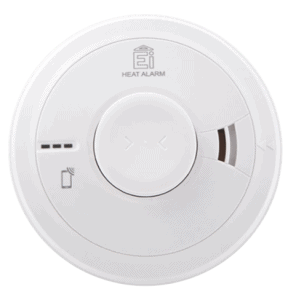
They detect the increase in temperature from a fire and are insensitive to smoke. They can therefore be installed in kitchens. They only cover a relatively small area of a room, so potentially several heat alarms need to be installed in a large kitchen.
Important information regulations
Carbon monoxide alarms
A carbon monoxide alarm depends on a sensing element the output of which changes in the presence of carbon monoxide. It has a limited life span and may become obsolete even though the electric circuitry
remains functioning which is why an end of life alarm is required. The carbon monoxide alarm may give an end of life
indication in accordance with the following criteria:
1. Powered by a non replaceable (sealed) battery unit where the battery life does not exceed the life of the sensor;
2. Powered by mains electricity (not plug in type) where a timer is included to indicate the end of life of the unit;
3. Powered by a replaceable battery where the timer is included to indicate the end of life of the unit Carbon monoxide alarms should:
a. Comply with I.S. EN 50291-1:2010/A1:2012; and
b. Incorporate a visual and audible indicator to alert users when the working life of the alarm is due to pass; and
c. The manufacturer should have a third-party certification confirming compliance with the standard.
Types of alarms
From 1997 A Grade D smoke alarm was required in the Hallway, Landing and Kitchen
From 2006 A Grade D smoke alarm was required in Hallway, Landing, Kitchen and principal living room
From 2017 IS3218:2017 Part 10 for all New build,
Refurbishments and Rewires.
Refer to paragraph 10.2.1.1 of the current standard.



